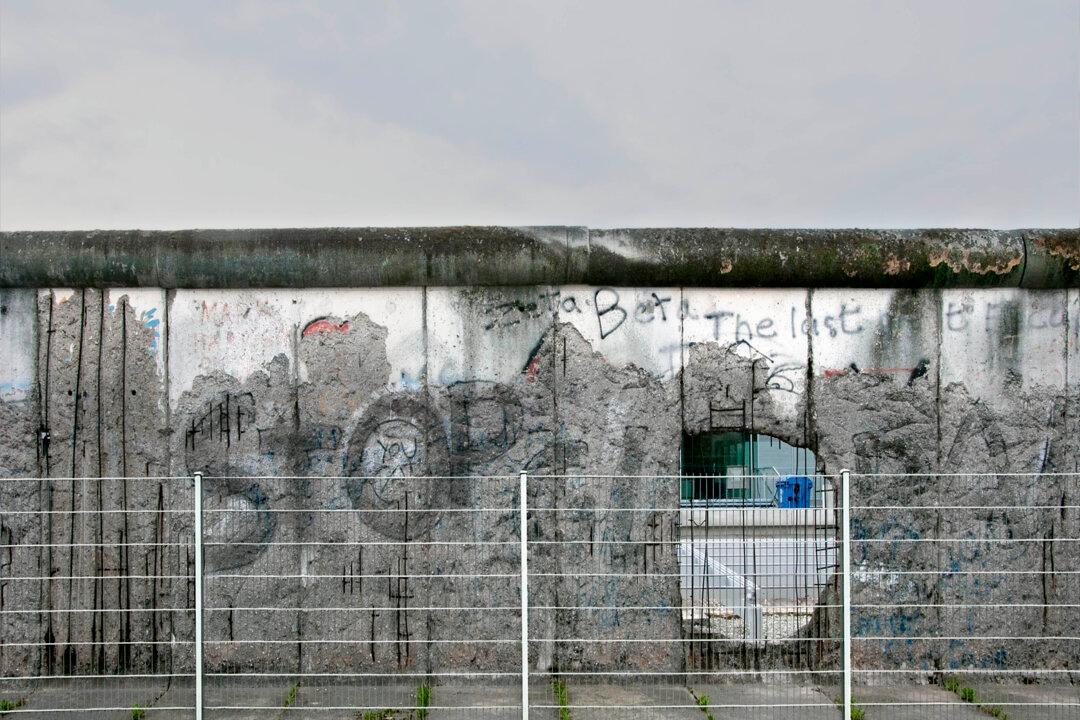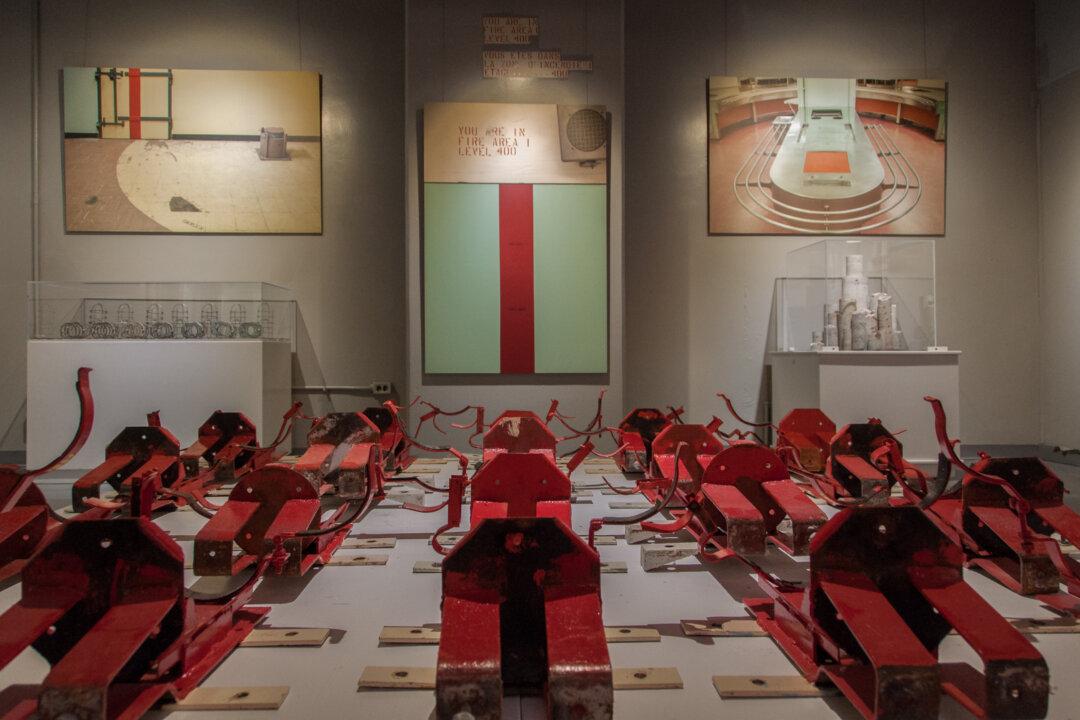In partnership with the Embassy of Germany, three exhibitions commemorating the fall of the Berlin Wall and the end of the Cold War are now on view at the Diefenbunker, a singularly appropriate exhibition site just 30 minutes from downtown Ottawa.
Built at the start of the Cold War when Canada’s government was sure “the bomb” would drop, the bunker was intended as a fallout shelter for the prime minister of the day, top government officials, and a few others whose survival was deemed essential.
The bomb did not drop; the wall was taken down by the people of the two Berlins; and a few months later, the Cold War came to a fitting end. The two Germanys were reunited on Oct. 3, 1990. Today, the Diefenbunker is Canada’s Cold War Museum.
Dictatorship and Democracy
“Dictatorship and Democracy in the Age of Extremes” is a well-designed didactic display of 24 panels, each examining historically the when and why of what happened in a pithy, candid manner.
The panels are arranged chronologically, each with a short text of perhaps 300 words and six or seven first-rate documentary photographs. The photographs are very well chosen, be they of soldiers boarding ship or the family Volkswagen trundling down the road.





